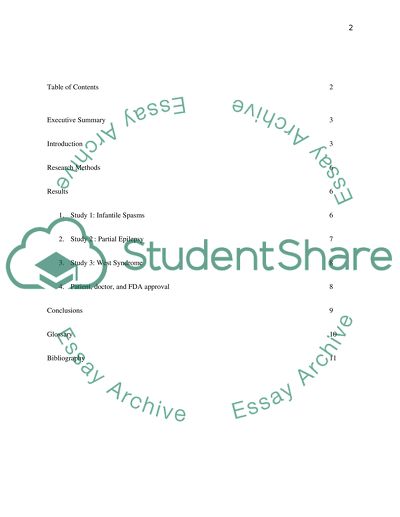Cite this document
(“Research on the Effectiveness of Vigabatrin on Epilepsy Term Paper”, n.d.)
Research on the Effectiveness of Vigabatrin on Epilepsy Term Paper. Retrieved from https://studentshare.org/health-sciences-medicine/1446309-research-on-the-effectiveness-of-vigabatrin-on
Research on the Effectiveness of Vigabatrin on Epilepsy Term Paper. Retrieved from https://studentshare.org/health-sciences-medicine/1446309-research-on-the-effectiveness-of-vigabatrin-on
(Research on the Effectiveness of Vigabatrin on Epilepsy Term Paper)
Research on the Effectiveness of Vigabatrin on Epilepsy Term Paper. https://studentshare.org/health-sciences-medicine/1446309-research-on-the-effectiveness-of-vigabatrin-on.
Research on the Effectiveness of Vigabatrin on Epilepsy Term Paper. https://studentshare.org/health-sciences-medicine/1446309-research-on-the-effectiveness-of-vigabatrin-on.
“Research on the Effectiveness of Vigabatrin on Epilepsy Term Paper”, n.d. https://studentshare.org/health-sciences-medicine/1446309-research-on-the-effectiveness-of-vigabatrin-on.


